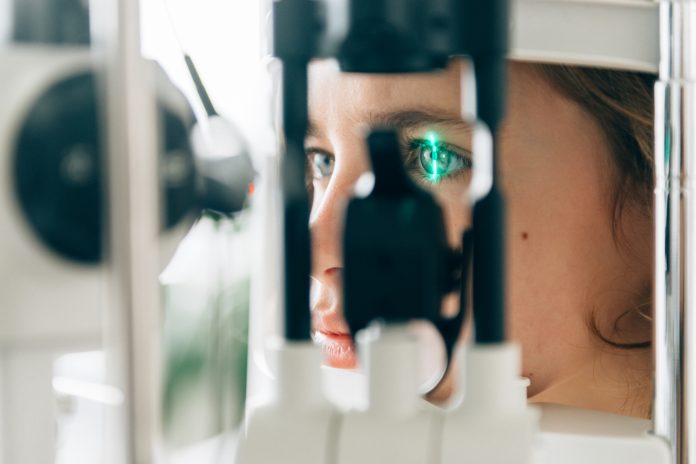Providing advanced eye scans to people with diabetes could help in preventing sight loss for thousands whilst also freeing up NHS appointments
People who suffer from diabetes can develop a condition known as diabetic retinopathy, which is caused by high blood sugar levels damaging the back of the eye (retina).
If the NHS started providing advanced eye scans closer to home for tens of thousands of people with diabetes, it could save up to 120,000 hospital appointments a year, which would help with the burden of waiting lists the NHS has been facing.
Optical coherence tomography (OCT)
Introducing OCT scans will benefit around 60,000 people with diabetes
Introducing OCT scans will benefit around 60,000 people with diabetes. Patients will be able to receive advanced screening outside of a hospital setting, making these tests more accessible to a wider range of people.
These tests will be carried out in some larger GP practices, community hospitals or mobile vans across the country, freeing up hospital appointments.
The NHS is looking to boost productivity to provide the best patient care. Figures show that new initiatives have allowed the NHS to save £2 billion in the first five months of this financial year, which can be reinvested in patients.
NHS Diabetic Eye Screening Programme
With four million people registered with the NHS Diabetic Eye Screening Programme, it’s expected that 60,000 people already showing signs of eye disease will participate in OCT screening.
3.3 million people currently have routine screening every year or two, and the OCT screening is offered to people at high risk of diabetic retinopathy.
How does OCT work?
Using light waves, OCT can take over 1,000 images of your eye. By collecting imagery from the retina to the optic nerve, 3D imagery is created, which allows for more accurate results than standard cameras.
OCT scans can also show changes like thickening of the retina that don’t show up in colour photography. By using OCT in locations other than hospitals, the NHS can free hospital appointments otherwise used for these scans while also detecting diabetic retinopathy earlier in diabetic patients.











